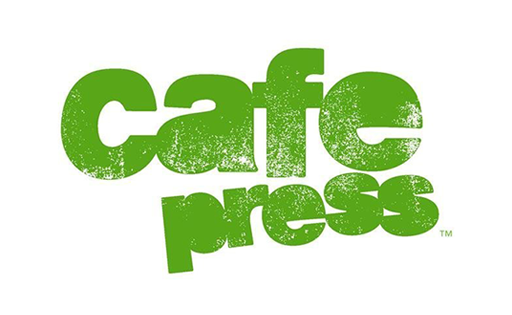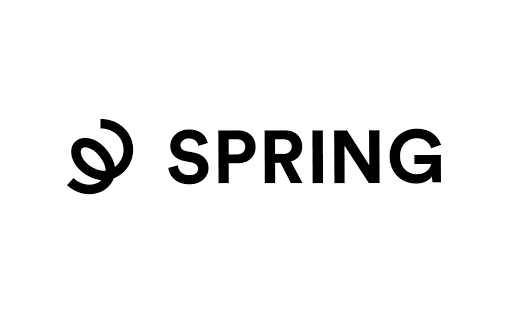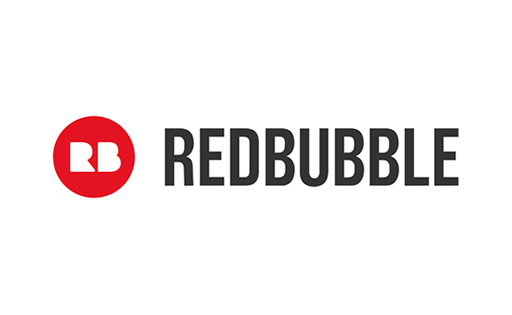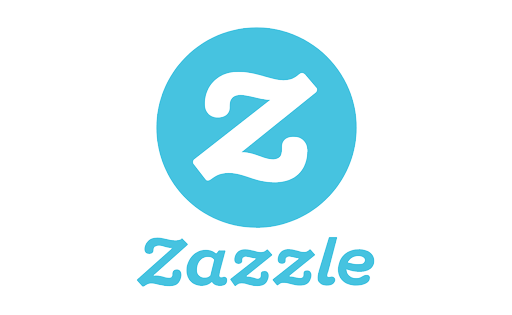The World Wide Shaman is a fascinating phenomenon that has existed across cultures for centuries. Under the mask of the shaman lies a civilization rich in myth and culture, a unique perspective that reveals the mysteries of the human experience.
The shaman mask is a symbol of the shaman's connection to the spiritual world. Through the use of various rituals and practices, the shaman is able to tap into this realm and communicate with spirits, ancestors, and other beings.
The mask serves as a conduit for this communication, allowing the shaman to assume different identities and access different realms.
Across different cultures, the shaman mask takes on various forms and meanings. In some traditions, the mask is used to represent the shaman's animal spirit guide, while in others, it represents the shaman's ancestors or the gods.
Whatever its form, the shaman mask is a powerful tool that enables the shaman to enter into a state of altered consciousness and access the spiritual realm.
In many cultures, the shaman is regarded as a healer, a mediator, and a guide. The shaman's ability to communicate with the spiritual realm is seen as a valuable resource, allowing the shaman to provide guidance and wisdom to their community.
In some cases, the shaman is also able to perform healing ceremonies, using their connection to the spiritual realm to help those who are sick or suffering.
The world wide shaman is a symbol of the human experience, reflecting the deep connection between the spiritual and physical worlds. Through their use of myth and culture, shamans are able to provide a unique perspective on the mysteries of life, and help their communities navigate the challenges that they face.
At the heart of this tradition lies the shaman mask, a symbol of the shaman's connection to the spiritual world and their ability to access different realms of existence.
The shaman mask also represents the shaman's transformation into a different persona. By donning the mask, the shaman sheds their own identity and takes on that of the being they are communing with.
This transformation allows the shaman to gain a new perspective on the world and to tap into hidden knowledge and wisdom.
The shamanic tradition also involves the use of various plant medicines, such as ayahuasca and peyote, to induce altered states of consciousness.
These plants are seen as sacred and are used in a ceremonial context, under the guidance of a shaman. Through the use of these plants, the shaman is able to deepen their connection to the spiritual realm and gain new insights into the nature of reality.
In many ways, the shamanic tradition represents a way of life that is deeply connected to the natural world. The shaman's ability to communicate with the spiritual realm is often seen as a reflection of the interconnectedness of all things.
By recognizing their place in the larger web of life, shamans are able to tap into a deeper wisdom that can help to guide their communities.
Today, the shamanic tradition continues to be practiced around the world, often in a modified form that incorporates elements of modern culture.
While the specific practices and beliefs may vary from culture to culture, the central tenets of the shamanic tradition remain the same: the importance of the spiritual realm, the interconnectedness of all things, and the transformative power of the shamanic journey.
In conclusion, the World Wide Shaman is a complex and fascinating phenomenon that reveals much about the human experience. Through their use of myth and culture, shamans are able to access hidden knowledge and wisdom, and to provide guidance and healing to their communities.
The shaman mask is a powerful symbol of the shaman's connection to the spiritual realm and their ability to enter into altered states of consciousness. As we continue to navigate the challenges of the modern world, the shamanic tradition remains a valuable resource, offering a unique perspective on the mysteries of life.































